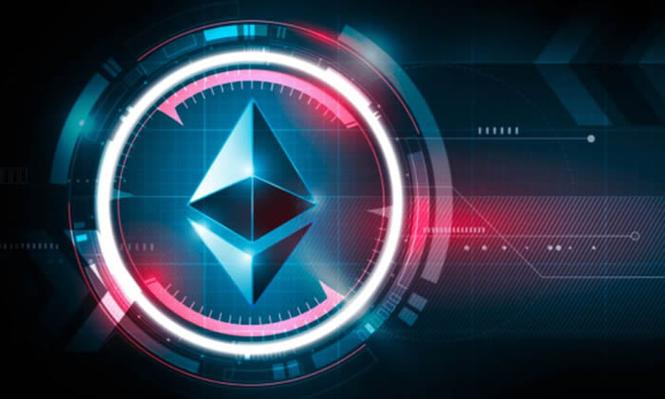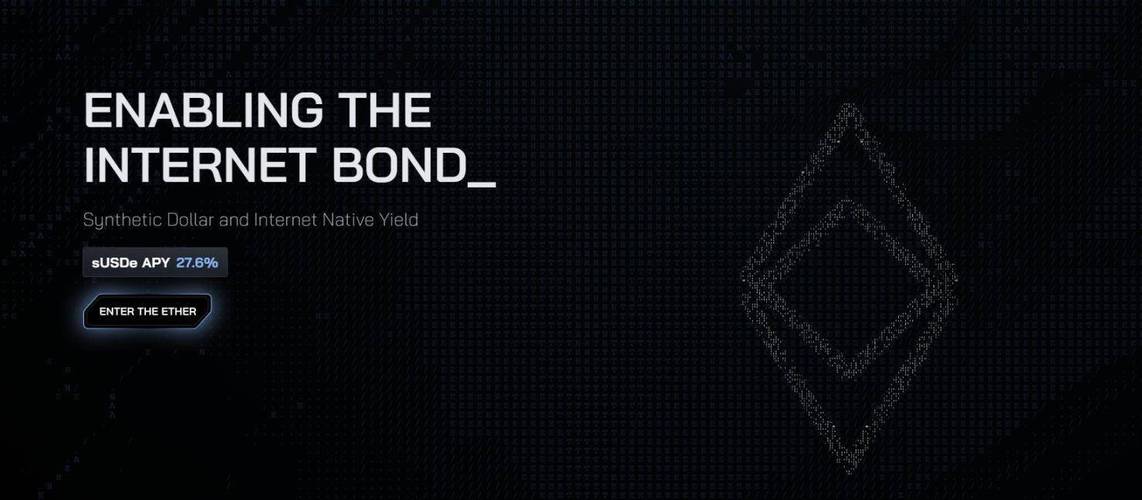Understanding Ethereum Database Entities and Relationships
When delving into the world of blockchain technology, Ethereum stands out as a leading platform for decentralized applications. At the heart of this platform lies the Ethereum database, which is a complex network of interconnected entities and relationships. In this article, we will explore the various components that make up the Ethereum database, focusing on entities and their relationships. By understanding these elements, you’ll gain a deeper insight into how Ethereum functions and how data is stored and managed on the network.
Entities in the Ethereum Database
Entities in the Ethereum database represent the fundamental building blocks of the network. These entities can be categorized into several key components:

| Entity | Description |
|---|---|
| Account | Represents a participant in the Ethereum network, such as a user or a smart contract. |
| Contract | Contains code and data that can be executed on the Ethereum network. Smart contracts are a type of contract that automatically enforces and executes the terms of an agreement. |
| Transaction | Represents a transfer of value or data between accounts on the Ethereum network. |
| Block | Contains a list of transactions that have been added to the Ethereum blockchain. Each block is linked to the previous block, forming a chain of blocks. |
| State | Represents the current state of the Ethereum network, including the balances of accounts, the code and data of contracts, and the transaction history. |
Relationships Between Entities
Understanding the relationships between these entities is crucial for comprehending how the Ethereum network operates. Here are some of the key relationships:
-
Accounts and Contracts: An account can deploy a contract, and a contract can be owned by an account. This relationship is essential for smart contract functionality, as contracts are executed on behalf of accounts.
-
Transactions and Accounts: A transaction is initiated by an account and can be sent to another account or a contract. This relationship is the backbone of value transfer on the Ethereum network.
-
Blocks and Transactions: A block contains a list of transactions. This relationship ensures that transactions are grouped and added to the blockchain in a sequential manner.

-
Contracts and State: Contracts can modify the state of the Ethereum network. This relationship is critical for the execution of smart contracts and the storage of data on the blockchain.
Visualizing Entities and Relationships
Visualizing the entities and relationships in the Ethereum database can be helpful for understanding the overall structure. One common tool for this is an Entity-Relationship Diagram (ERD). An ERD is a graphical representation of the relationships between entities in a database. Here’s an example of an ERD for the Ethereum database:
| Entity | Relationships |
|---|---|
| Account | Owns, Deploys |
| Contract | Executed by, Modifies |
| Transaction | Initiated by, Sent to |
| Block | Contains |
| State | Stored in |
Conclusion
Understanding the entities and relationships in the Ethereum database is essential for anyone looking to develop, analyze, or simply learn about decentralized applications. By visualizing these components and their connections, you can gain a clearer picture of how the Ethereum network functions and how data is stored and managed. This knowledge can be invaluable for anyone working with blockchain technology.
